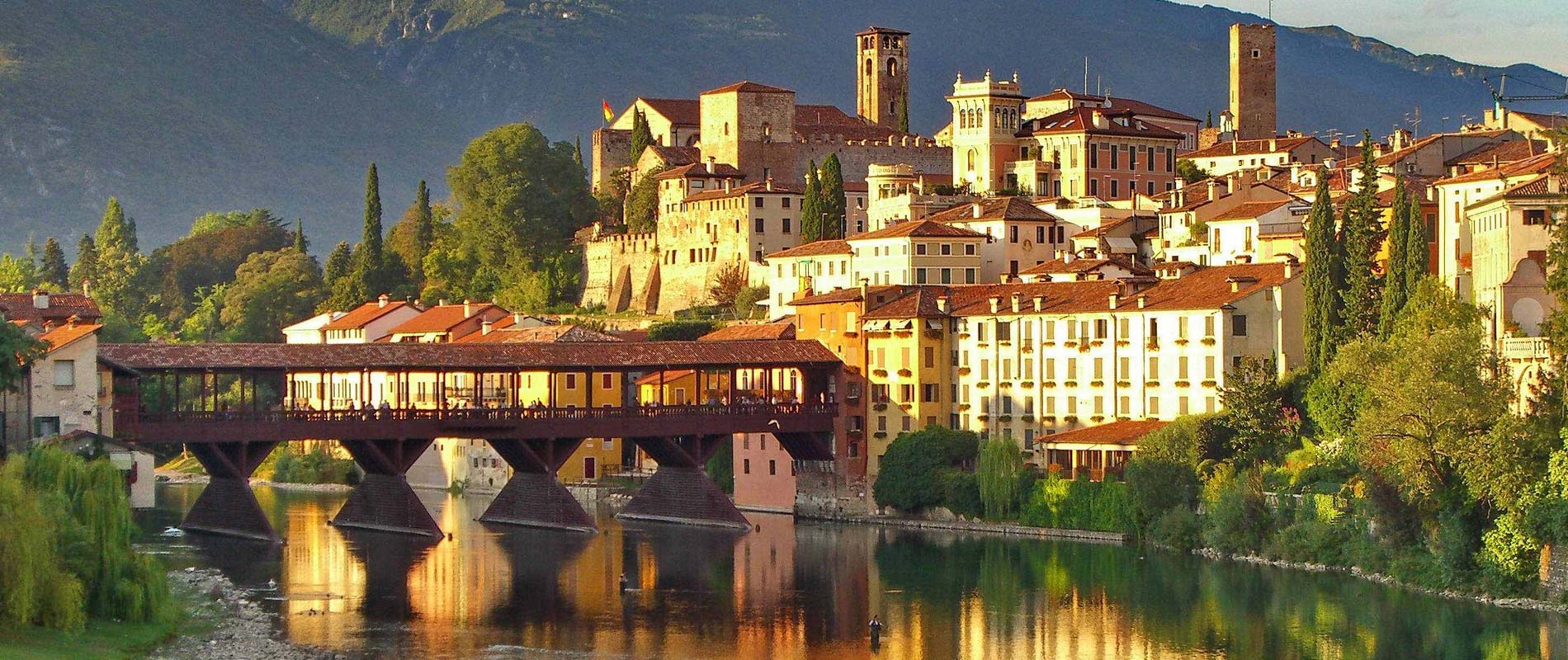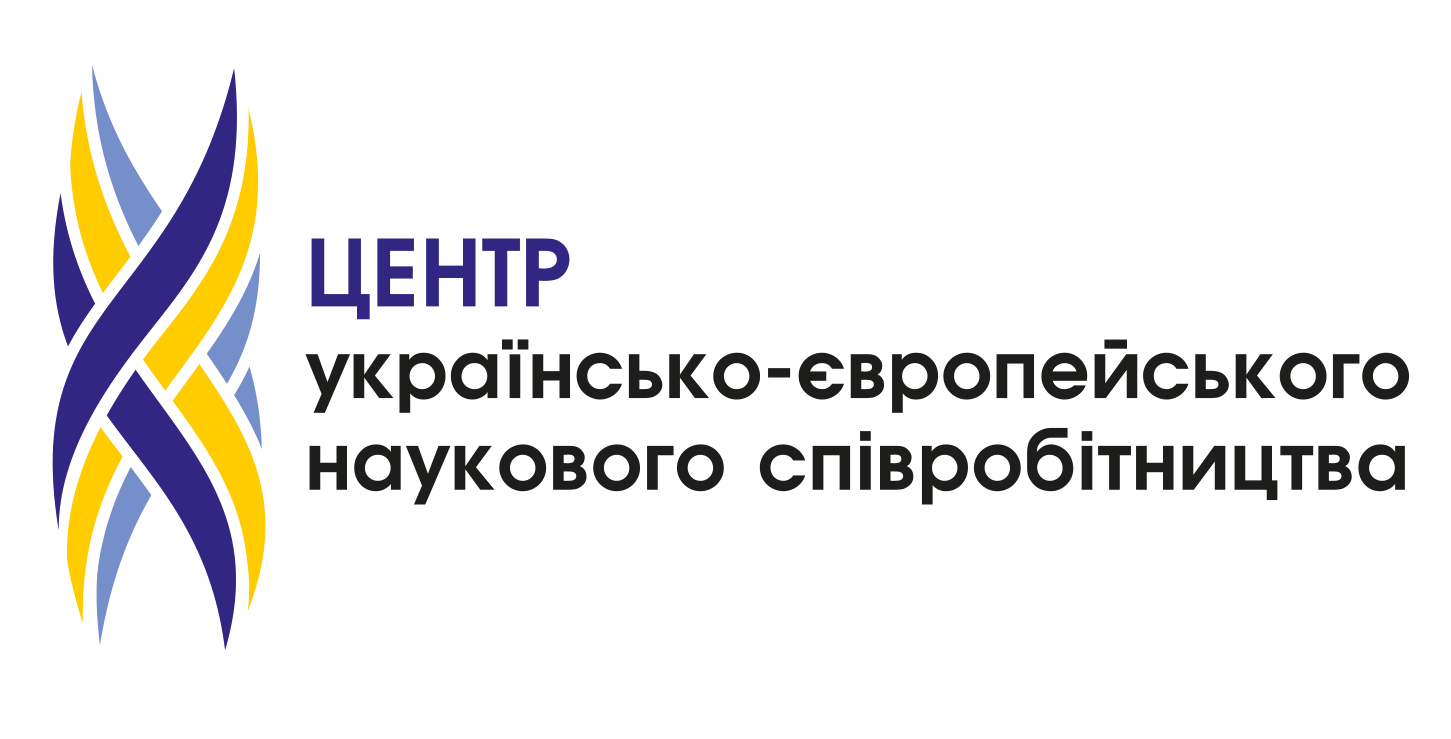 Key features of the education system
Key features of the education system
Governance
The education system is organised according to the principles of subsidiarity and of autonomy of institutions.
The State has exclusive legislative competences on the general organisation of the education system (e.g. minimum standards of education, school staff, quality assurance, State financial resources). The Ministry of Education, University and Research (MIUR) is responsible for the general administration of education at national level. Its decentralised offices (Regional School Offices – USRs) guarantee the application of general provisions and the respect of the minimum performance requirements and of standards.
Regions have joint responsibility with the State in some sectors of the education system (e.g. organisation of ECEC (0-3), school calendar, distribution of schools in their territory, right to study at higher level). Regions have exclusive legislative competence in the organisation of the regional vocational education and training system.
Local authorities organise the offer (e.g. maintenance of premises, merging or establishment of schools, transport of pupils) from ECEC to upper secondary education at local level.
Schools have a high degree of autonomy: they define curricula, widen the educational offer, organise teaching (school time and groups of pupils). Every three years, schools draw up their own Plan for the educational offer (PTOF).
At higher education level, universities and High level arts and music education (Afam) institutions have statutory, regulatory, teaching and organisational autonomy.
Providers
The Italian education system is mainly a public State system. However, private subjects and public bodies can establish education institutions. Such non-State schools can be either equal to State schools (called scuole paritarie) or merely private schools. These latter cannot issue qualifications.
The State directly finances State schools. Scuole paritarie receive State contributions according to criteria established annually by the Ministry of education.
Parental school during compulsory education is a possible options only upon certain conditions. Students attending a merely private school or a parental school must sit for specific exams to prove the acquisition of the expected competences.
Inclusion
Education at all levels must be open to everyone: Italian citizens as well as foreigner minors from both EU and non-EU countries. Compulsory education is free.
The principle of inclusion also applies to pupils with disabilities, to pupils with social and economic disadvantages and to immigrant pupils. In such circumstances, measures focus on personalization and didactic flexibility and, in the case of immigrants with low levels of Italian, on linguistic support.
The State also guarantees the right to education to pupils/students who are unable to attend school because hospitalised, detained or at home for a long illness.
Teaching profession
Initial education for teachers from pre-primary to upper secondary education, takes place at higher level and programmes lead to the obtainment of a master degree.
Programmes for teaching at pre-primary and primary level differ from the programmes for teaching at secondary level.
Pre-primary and primary teachers must hold a master degree after completion of a specific 5-year single-cycle university programme. The programme aims at the acquisition of both subject-related and teaching-related competences and includes traineeship activities starting from the second year of studies.
Secondary teachers must hold a master degree after completion of a two-year second-cycle programme either at universities or at Afam institutions (for arts, music and dance teachers). Programme aim at the acquisition of subject-related competences. After the obtainment of the relevant qualification, future teachers should pass an open competition at national level. Those who pass the competition start a three-year training that, if positively assessed, gives access to a permanent contract.
This procedure for the recruitment of secondary teachers has been recently introduced. Up to 2015, after having completed the two-year second-cycle programme, teachers were required to attend a one-year traineeship aimed at the acquisition of teaching-related competences.
Continuing professional development is compulsory.
Stages of the education system
The Italian education and training system includes ECEC (0-3 and 3-6), primary, secondary, post-secondary and higher education.
Early childhood education and care (ECEC)
ECEC for children aged less than 3 years is offered by educational services (servizi educativi)
ECEC for children aged from 3 to 6 years is available at preprimary schools (scuole dell’infanzia).
The two offers make up a single ECEC system, called ‘integrated system’, which is part of the education system and is not compulsory. Although being part of the same system, the ECEC 0-3 is organised by the Regions according to the single regional legislations. The 3-6 offer is under the responsibility of the Ministry of education.
Compulsory education
Compulsory education starts at 6 years of age and lasts for 10 years up to 16 years of age. It covers the whole first cycle of education and two years of the second cycle. The last two years of compulsory education can be attended either in an upper secondary school or within the regional vocational education and training system.
Compulsory education can be undertaken either at State school or at scuole paritarie or, subject to certain conditions, at merely private schools or through home education.
In addition, everyone has a right and a duty (diritto/dovere) to receive education and training for at least 12 years within the education system or until they have obtained a three-year vocational qualification by the age of 18.
First cycle of education
The first cycle of education is compulsory and is made up of primary and lower secondary education.
Primary education (scuola primaria) starts at 6 years of age and lasts 5 years.
Lower secondary education (scuola secondaria di I grado) starts at 11 years of age and lasts 3 years.
Within the first cycle, students pass from one level to the next one without exams. At the end of the first cycle of education, students who pass the final state examination progress directly to the second cycle of education, the first two years of which are compulsory.
Second cycle of education
The second cycle of education starts at the age of 14 and offers two different pathways:
- the upper secondary school education
- the regional vocational training system (IFP).
The first two years of the second cycle of education are compulsory.
The upper secondary school education (scuola secondaria di II grado) offers both general (liceo) and vocational (technical and vocational) programmes. Courses last 5 years. At the end of the upper secondary school education, students who successfully pass the final exam, receive a certificate that gives them access to higher education.
The regional vocational training system (IFP) offers three or four-year courses organised by accredited training agencies or by upper secondary schools. At the end of regional courses, learners receive a qualification that gives them access to second-level regional vocational courses or, under certain conditions, short-cycle courses at higher education level.
Higher education
The following institutes offer education at higher level:
- Universities (polytechnics included);
- High level arts, music and dance education institutes (Alta formazione artistica, musicale e coreutica – Afam);
- Higher schools for language mediators (Scuole superiori per mediatori linguistici – SSML);
- Higher technical institutes (Istituti tecnici superiosi – ITS).
Access to university, Afam and SSML programmes is solely for students with an upper secondary school leaving certificate. The Ministry of education and individual institutions establish the specific conditions for admission.
Courses at ITSs are accessible to students with an upper secondary leaving certificate and to students who have attended a four-year regional vocational course followed by an additional one-year course in the Higher technical education and training system (IFTS). ITS offer short-cycle bachelor programmes, according to the Bologna structure.
Adult education
Adult education includes all activities aimed at the cultural enrichment, requalification and professional mobility of adults. Within the broader term ‘adult education’, the domain “school education for adults” (istruzione degli adulti) only refers to the educational activities aimed at the acquisition of a qualification as well as to literacy and Italian language courses. Adult education is provided by centres for school education for adults (Centri provinciali per l’istruzione degli adulti – CPIA) and by upper secondary schools.
Structure of the national education system
Resource: https://eacea.ec.europa.eu/national-policies/eurydice/content/italy_en









